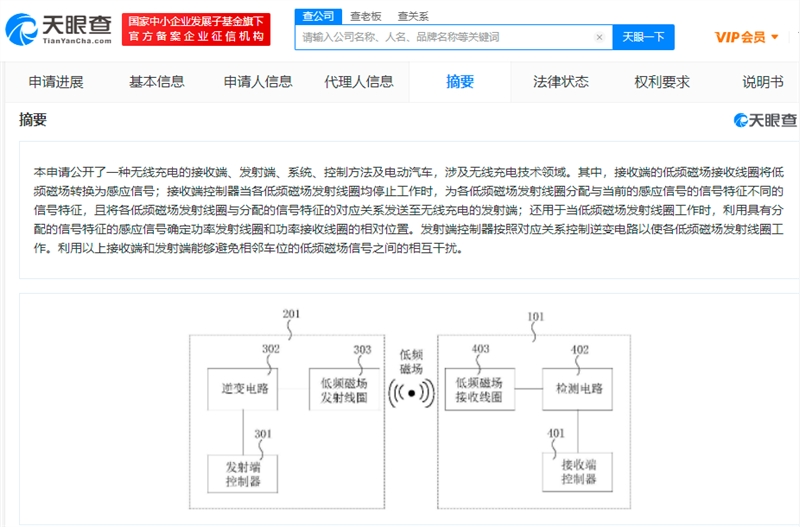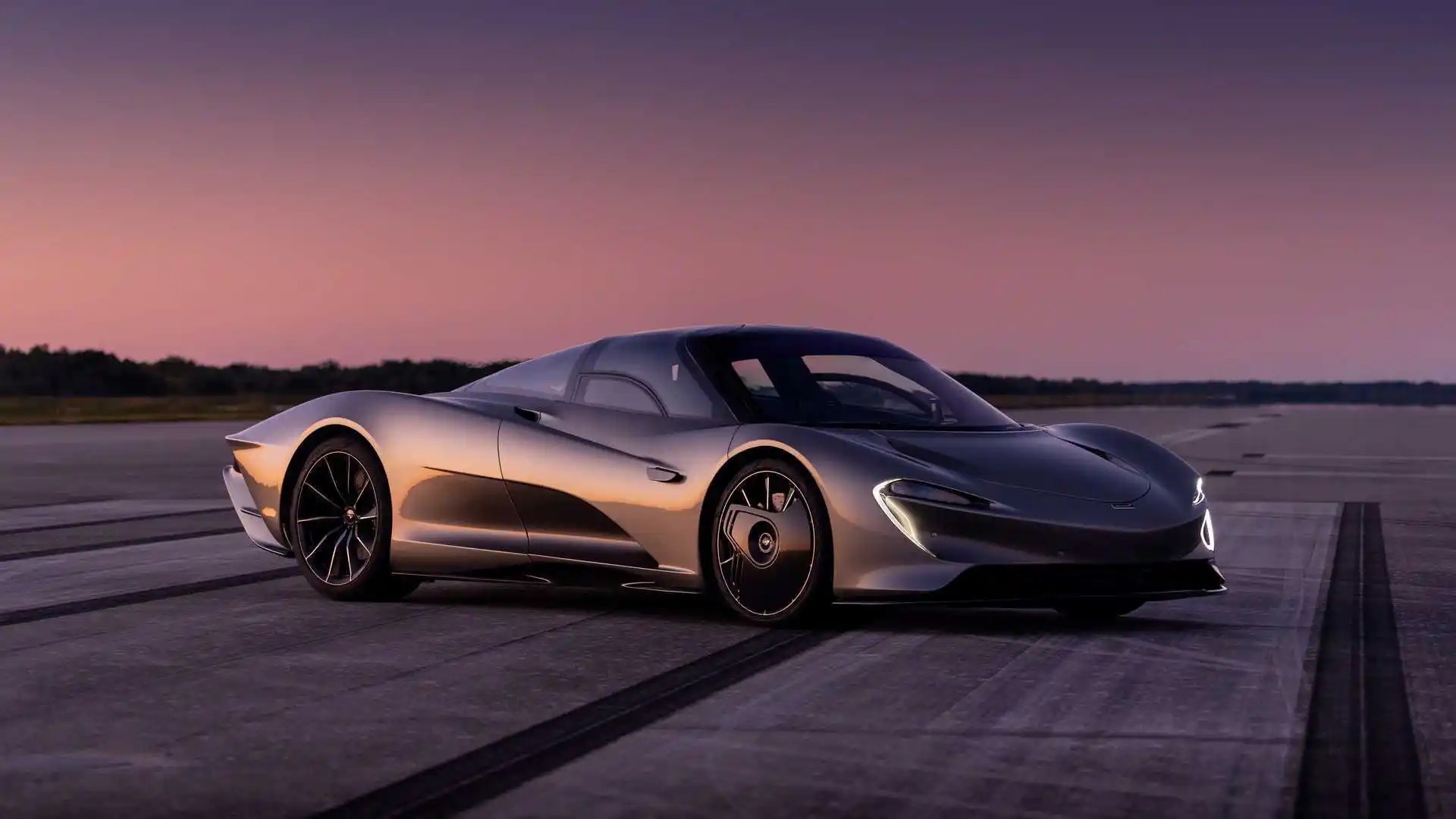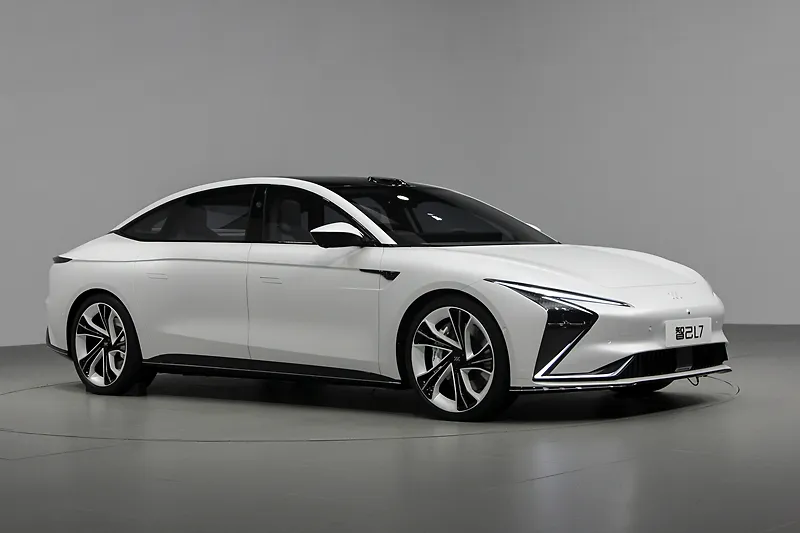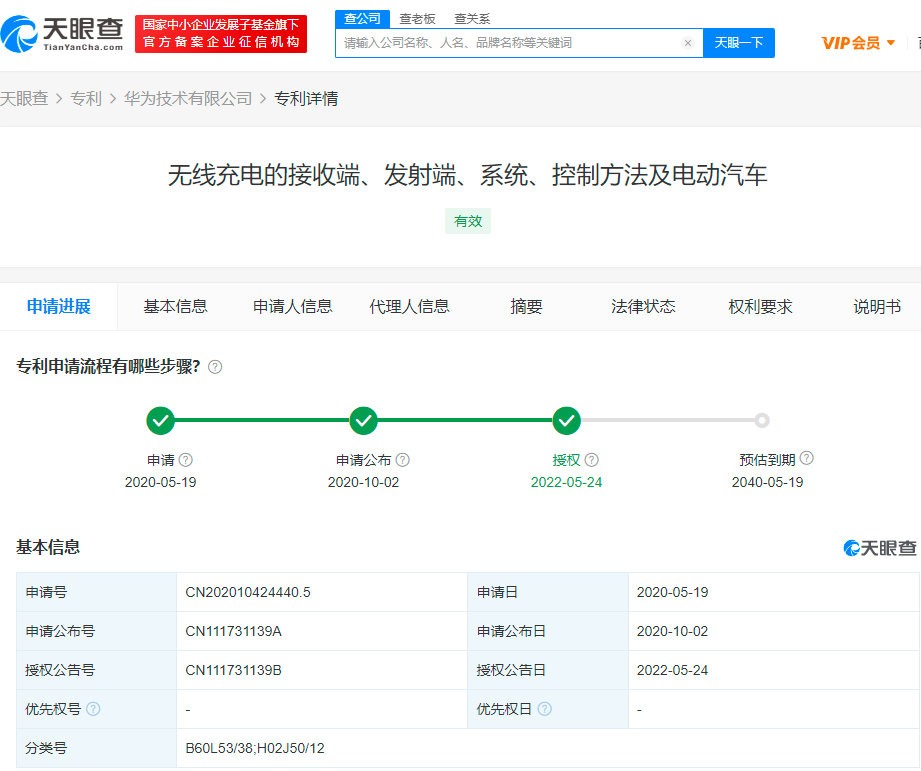The low-frequency magnetic field receiving coil in this patent converts the low-frequency magnetic field into induction signals. When all low-frequency magnetic field transmission coils stop working, the receiving end controller assigns them different signal characteristics and sends the corresponding relationship between the coil and signal characteristics to the transmitting end. When the low-frequency magnetic field transmission coil works, the induction signal with the assigned signal characteristics is utilized to determine the relative positions of the power transmission coil and the receiving coil. The transmitting end controller controls the inverter circuit according to the corresponding relationship to make each low-frequency magnetic field transmission coil work. With the above receiving and transmitting ends, mutual interference of low-frequency magnetic field signals between adjacent parking spaces can be avoided.

It is understood that currently, there are not many mass-produced electric vehicles equipped with wireless charging on the market. The well-known one is the McLaren Speedtail, whose technology is supported by the wireless charging company Lumen Freedom.

The Chinese brand IM’s pure electric sedan L7 also announced that it will support wireless charging. The price for the optional wireless charging receiver is 6,000 yuan, while the wireless charging station requires 12,000 yuan. Compared to normal wired charging, it is much more expensive and has a power of only 11 kW. From the current situation, the practical value of wireless charging for cars is not high.

This article is a translation by ChatGPT of a Chinese report from 42HOW. If you have any questions about it, please email bd@42how.com.
